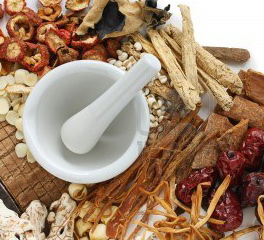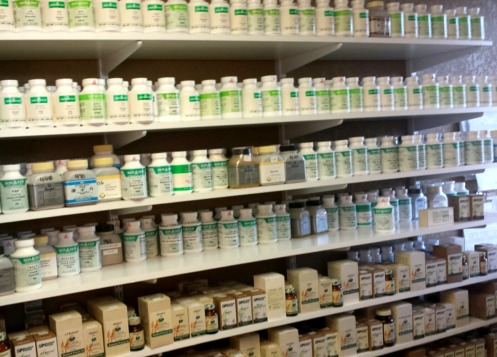"We're committed to helping you" Dr. Roc Gantt, OMD
916-349-9223
Dr. Roc Gantt ® 5500 Madison Ave. Suite A Sacramento,CA 95628 (916) 349-9223 site map
Sacramento Natural Health Clinic
Chinese Herbs
Dr. Roc Gantt uses Chinese medicinal and nutritional herbs as part of his incorporation of Eastern Medicine into his practice.
Oriental Medicine has been incorporating the use of medicinal herbs into practice for many years. This history and experience offers a complementary perspective to western medicine. While we recommend patients consider it first, many of our patients come because they have not found success with what western medicine has to offer and so are looking further for answers.
Dr. Gantt is not a herbal dispensary rather he incorporates the use of herbs and supplements as and where needed and called for by patient conditions.
Acupuncture
"My lower and mid back were extremely tense and sore like I had been really bruised. I found it very difficult to move my head to the left and right sides and it was also really hard to bend down and pick things up and I was constantly in pain every day.
(with acupuncture) it was improved. The stiffness has loosened up. I am able to perform my normal daily activities Acupuncture has been a blessing for me and ever since my treatment I have not been suffering from the pain everyday any more! Thank you."
–Stephanie B. 07-13-04
Dr. Gantt's stocks Chinese Herbs
for his Sacramento Practice.
Ancient transcripts translated in the 1950's were the foundation of bringing traditional Chinese Medicine to the United States.
Traditional Chinese Medicine includes:
- Herbal medicine
- Acupuncture
- Massage
- Nutrition
- Therapeutic Exercise
The Sacramento Natural Health Clinic stocks a wide selection of Chinese herbs most commonly needed by our patients. We incorporate Acupuncture particularly for symptom relief in many of our treatment programs.
Traditional Japanese medicine:
History:
The Huang Ti Nei Ching Su Wen (Yellow Emperor's Classic) was the first important text on Chinese medicine written around 2674 B.C. It records discussions between Huang Ti and six officials about the problems of medicine. It is likely a compilation by many scholars who used Huang Ti's name for authenticity.
The original Nei Ching consists of many parts of which the most important are the "Su Wen" and the "Ling Shu." The former deals with physiology, pathology, etiology, and health maintenance; the latter with anatomy, treatment, and the nervous system.
The "Su Wen" introduced the following methods of treatment:
Huei Shi: early surgery using stone knives, performed along the Eastern coast in Shan-Tung province.
Medicinals: decoctions and medicinal soups used in Shan-Si province, Western China.
Acupuncture: Practiced in the plains of Southern China, Hu-Pei Province.
Moxibustion: Heat therapy preferred in the highlands of Northern China, Ho-Pei Province.
Massage: Manipulation and exercise which was popular in the plains of Central China, Hunan Province.
During the Warring States era (402-221 B.C.), Tsou Chien proposed the Five elements theory which compared the human body to a small universe.
The Nan Ching or Classic of Difficult Issues was compiled probably within 200 years after the Nei Ching. It pertains more strongly to medical issues that relate to the practice of acupuncture.
Chan Chung Ching (about A.D. 142-220) was the most famous herbal clinician writing the Shang Han Lun (Treatise on Febrile Diseases caused by Cold) and the Ching Kuei Yao Lueh (Summaries of Household Remedies. He formulated the principle of the Six Stages of Disease and the formulas which are described in his books are among the most revered and form the basis of Kanpo (Japanese-Chinese Herbal Medicine).
Oriental Medicine - Chinese, Japanese & Indian



